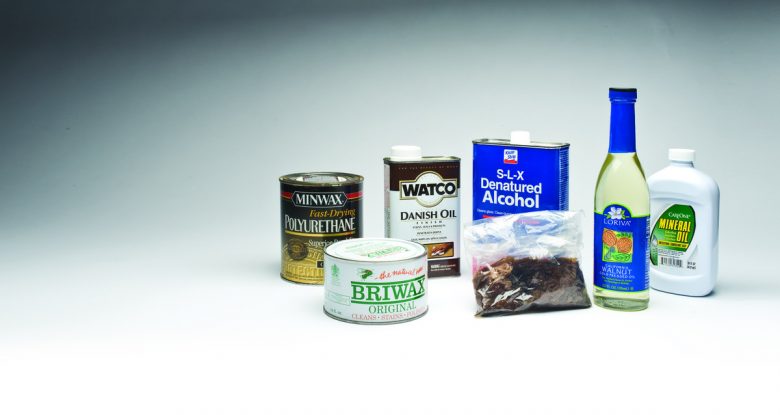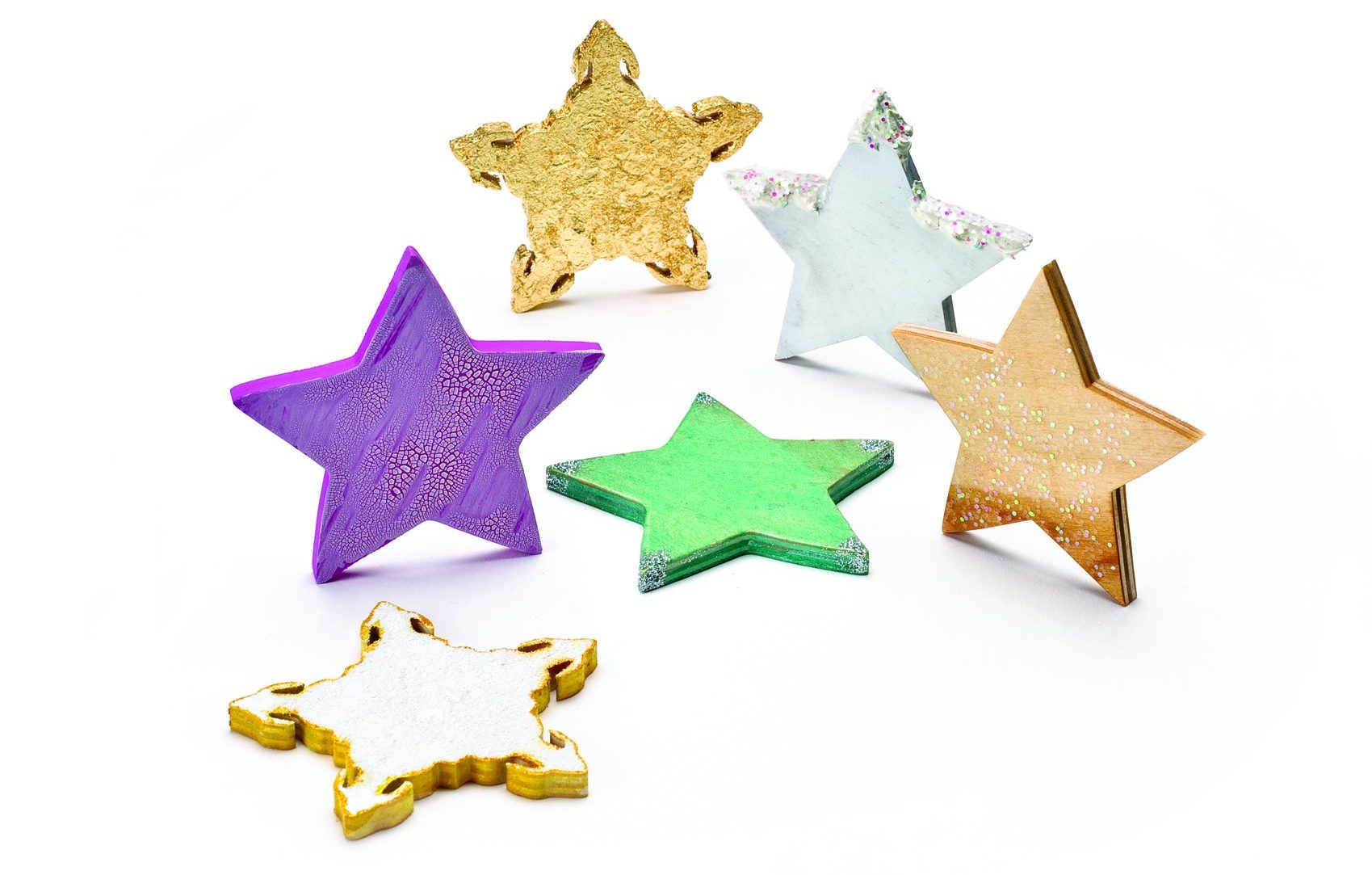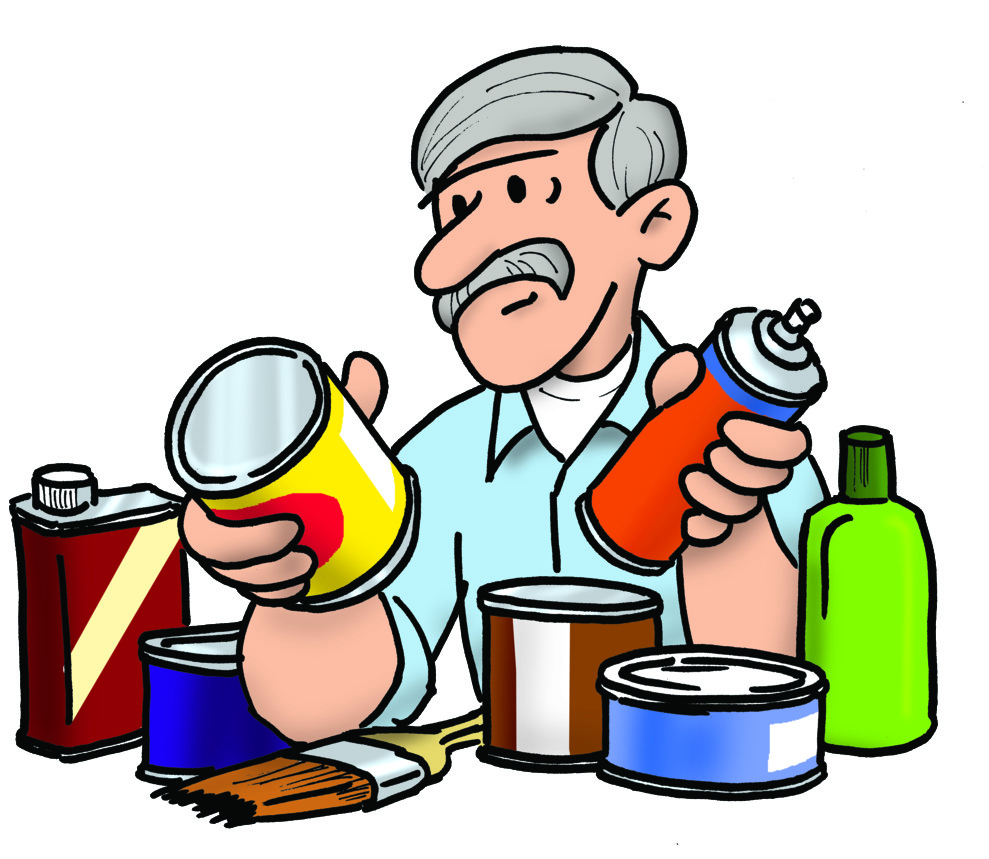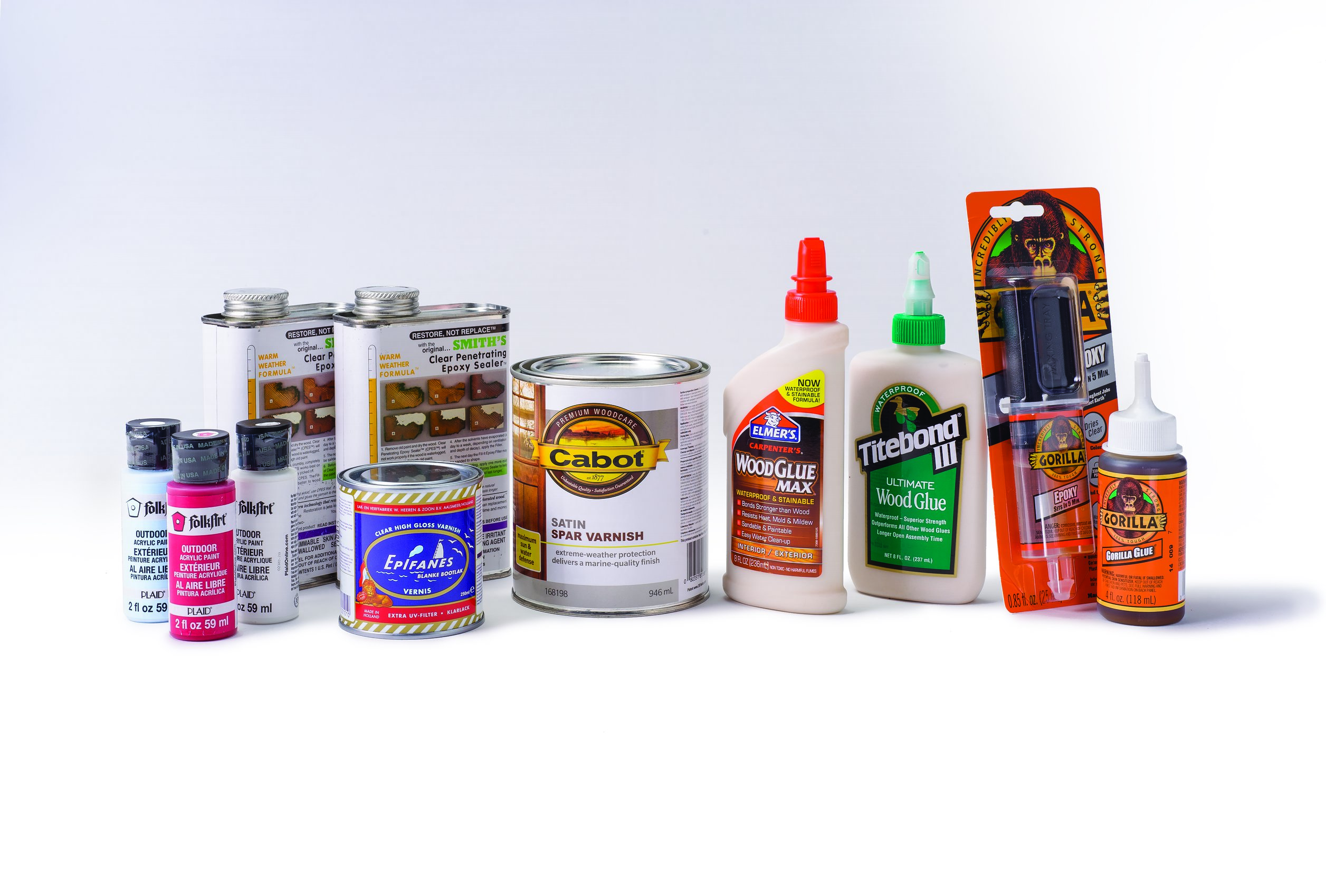Find a finish that will protect your family and your work
by Bob Duncan
This article was first published in issue 48 of Scroll Saw Woodworking & Crafts.
Woodworkers often want to apply safe finishes to pieces used with food, such as bowls, or toys that children may put in their mouths. However, they aren’t always sure which finishes are safe. All of the following methods are commonly considered food-safe; I have listed them in order from least to most protective of the wood.
No Finish
The safest finishing method is no finish. Especially for toys, choose a non-toxic wood and leave it alone. Common non-toxic woods include maple, cherry, aspen, and basswood. Make the toy, sand it with progressively finer grits of sandpaper up to 220 grit, and consider it done. Over time, the toy may get a bit dingy, but you can easily refresh the surface with a few minutes of sanding.
Mineral Oil
For a little more protection, use a butcher-block finish, which is essentially mineral oil (sold as a laxative at drug stores). Mineral oil is a good choice for projects that will hold food. The oil protects the wood, but must be reapplied on a regular basis because it doesn’t fully dry (or cure) and thus wears off over time. It also washes off with soap and water. Simply apply a coat of mineral oil every time you wash and dry the piece and it will always be protected and ready to use.
Beeswax
Beeswax is easy to apply and food safe, but it’s also soft and must be periodically reapplied. Fortunately, that’s a quick process—use a rag to rub the soft wax onto the project, allow it to set for a few minutes, and then buff the wax with a clean, dry rag.
Walnut Oil and Tung Oil
Unlike vegetable oils, which do not cure and can turn rancid, some nut oils do dry. Walnut oil and tung oil are commonly used for finishing. However, because these oils are pressed from nuts, people with nut allergies may be sensitive to them.
Apply walnut oil like you would any oil finish. I apply a heavy coat with a brush and rub off the excess with a clean rag. Allow the finish to dry for a few hours, and then apply a second coat. The oil soaks into the wood.
Pure tung oil is a thick liquid. It can be difficult to apply and can take a long time to dry, so it is often sold pre-thinned with solvents fortified with chemicals to make it dry faster (the chemicals evaporate as the finish dries, rendering it safe). I apply pure tung oil with a rag. Unlike many other oil finishes, tung oil builds up a protective finish on top of the wood if you apply enough coats.
Shellac
According to Teri Masaschi, author of Foolproof Wood Finishing, shellac is used in everything from cosmetics to pills, and even as a glossy coating on food. Shellac comes in flake and liquid forms. Shellac flakes are usually dissolved in denatured alcohol, which is ethanol (the alcohol in alcoholic drinks) that has been treated to be poisonous and to taste bad. When the alcohol evaporates and leaves the shellac on the surface of the wood, it produces a food-safe finish. Some people fear that the denatured alcohol will leave a poisonous residue, but Bob Flexner, author of Understanding Wood Finishing, says all of the alcohol evaporates without leaving a residue. If you are still concerned, use pure grain alcohol or ethanol to dissolve the flakes. (Note that some states have laws regulating the sale of grain alcohol, which can make it difficult to find.)
All Other Finishes
Many other finishes, ranging from varnish to Danish oil, include chemicals (solvents and chemicals to help a finish dry faster) that you wouldn’t want to drink. And, until the 1970s, lead was used as a drier. But Bob Flexner explains that the Food and Drug Administration lists all of these solvents and driers as safe for food contact as long as the finish is fully cured, and lead was removed from all finishes in the 1970s. Bob says if you smell the wood and can’t smell a finish, the finish is cured; some finishes can take months to fully cure. If you are willing to wait, these finishes are more durable than many designated as food-safe.
Discuss this material on the Scroll Saw Woodworking & Crafts forums.









